- Home »
- Information »
- Miracle Fruit
Miracle Fruit
Synsepalum dulcificum
A relatively tasteless berry with an amazing side-effect. After eating one miracle fruit, sour things will instantly taste sweet. Eating even the sourest of lemons, one will taste only sugary sweetness. The effect lasts an hour or two. The miracle fruit is a remarkable natural sweetener that is virtually unknown to much of the world.
Seed Availability
Seeds have limited viability and cannot be dried or stored for very long. We may have fresh seeds almost any month of the year, but they are generally available only for a short time. A link to a store order page will appear here if seeds are available.
Seed Availability
Seeds have limited viability and cannot be dried or stored for very long. We may have fresh seeds almost any month of the year, but they are generally available only for a short time. A link to a store order page will appear here if seeds are available.
Description
A slow growing bush or small tree to 15ft.
Hardiness
Hardy to about 32F. Plants will show a slow decline in cooler temperatures (below 55F) and prefer a year-round warm climate.
Growing Environment
Needs acidic soil and is intolerant to alkaline conditions. Growing in half soil-half peat works well and plants will benefit considerably from occasional applications of acidic fertilizer. Will tolerate minimal frost when full grown, but plants need lots of water year round. The miracle fruit cannot be grown outside in the United States except Southern Florida, but it makes an easy house plant. Fruit is produced throughout the year and hundreds of berries can be harvested from a single plant. The miracle fruit grows and fruits well in containers.
Propagation
By seeds. Seeds should not be dried out before planting.
Uses
Berries are eaten fresh. In its native range, Africans sometimes use the fruits to improve the taste of stale food. Fruits are being investigated as a possible source for a natural food sweetener.
Native Range
Native to tropical West Africa.
Related Species
| Sapotaceae | |||
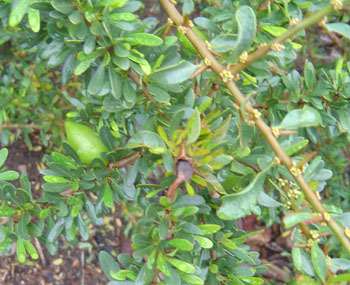 |
Argania spinosa Argan |
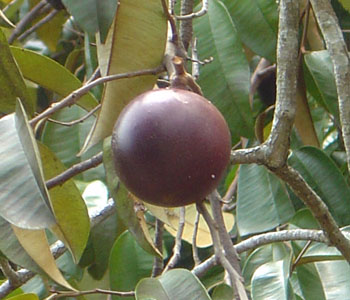 |
Chrysophyllum cainito Star Apple |
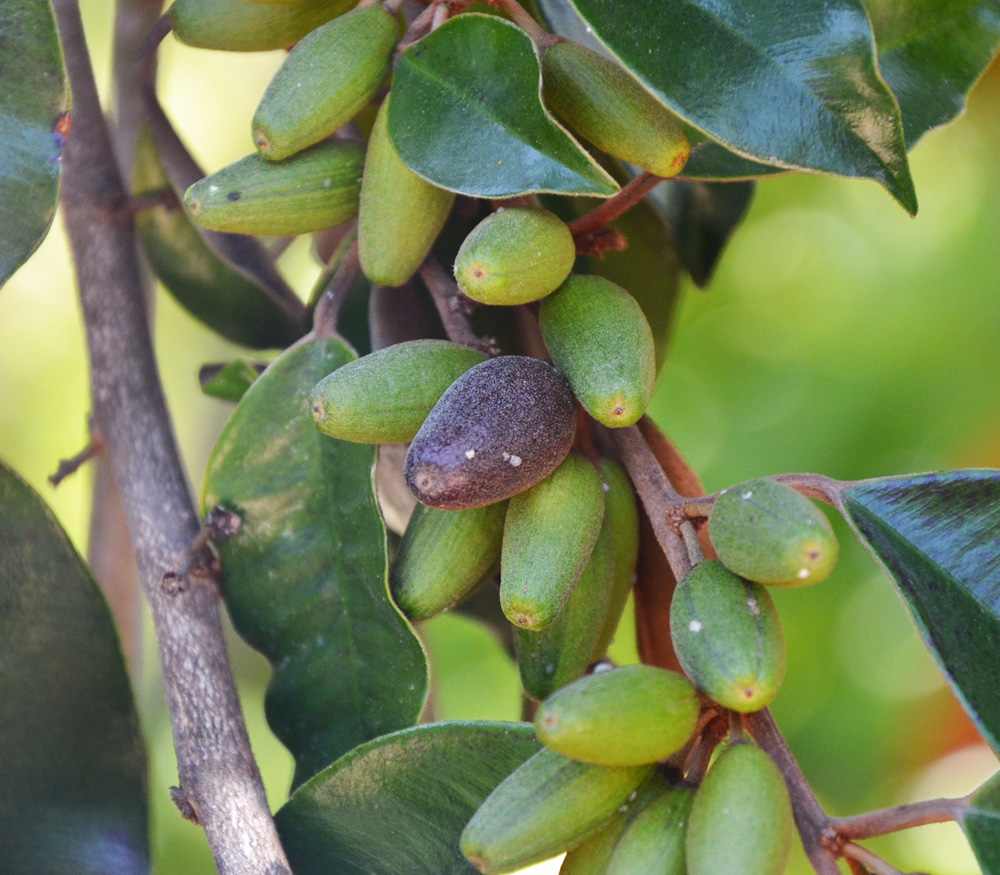 |
Chrysophyllum oliviforme Satin Leaf Tree |
 |
Chrysophyllum soboliferum (Pradosia brevipes) Armadillo Fruit |
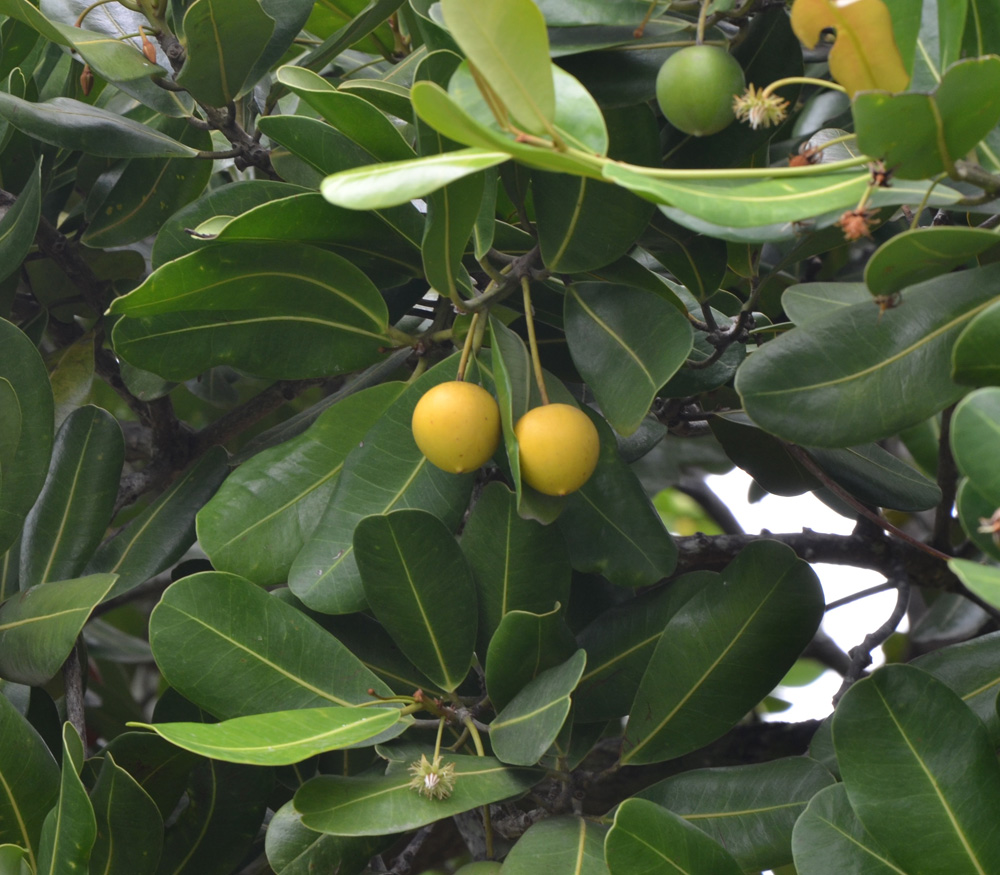 |
Manilkara bidentata, Mimusops balata Ausubo |
 |
Manilkara huberi Massaranduba |
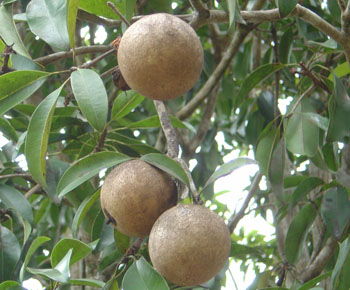 |
Manilkara zapota Sapodilla |
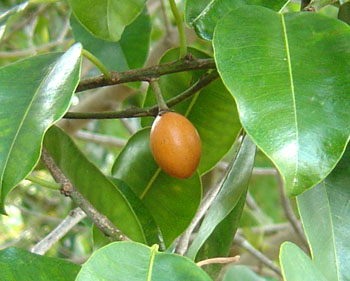 |
Mimusops elengi Spanish Cherry |
 |
Pouteria bullata Abiurana |
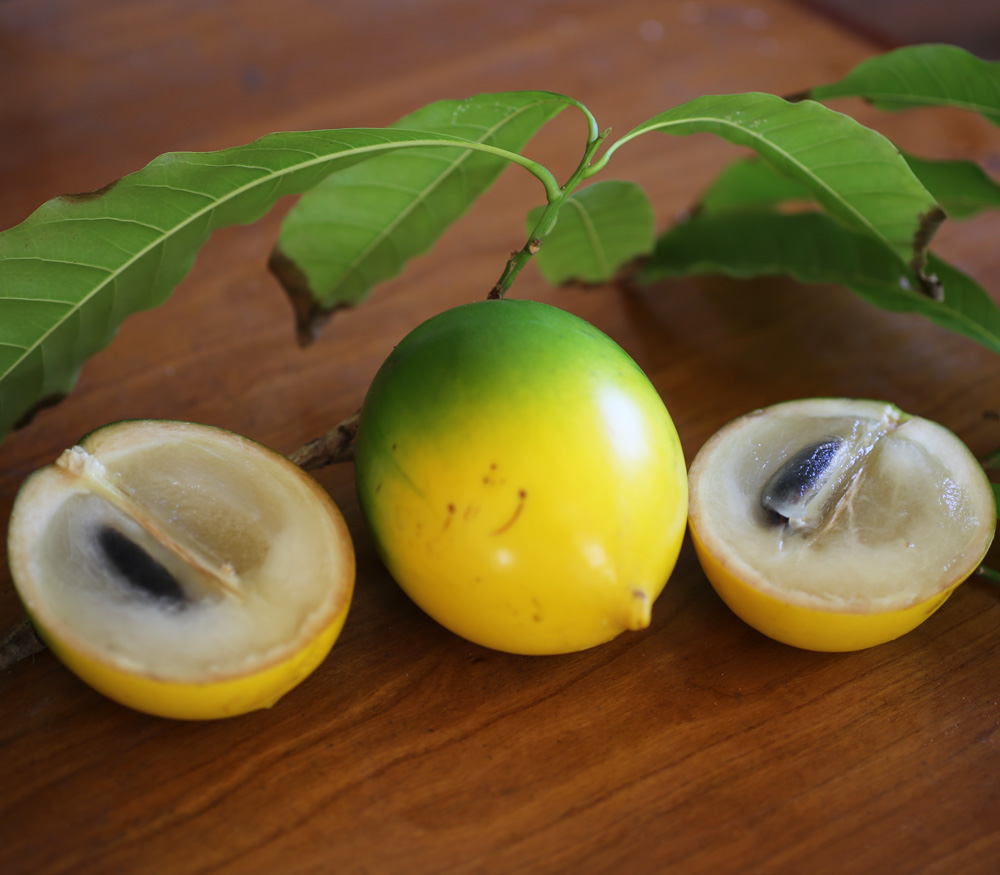 |
Pouteria caimito Abiu |
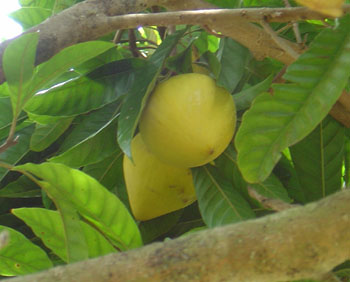 |
Pouteria campechiana Canistel |
 |
Pouteria gardneriana Abuai |
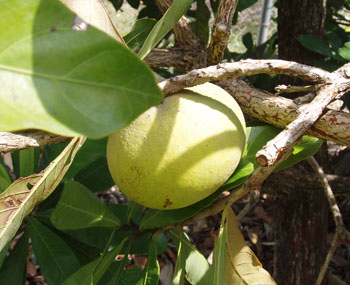 |
Pouteria hypoglauca Cinnamon Apple |
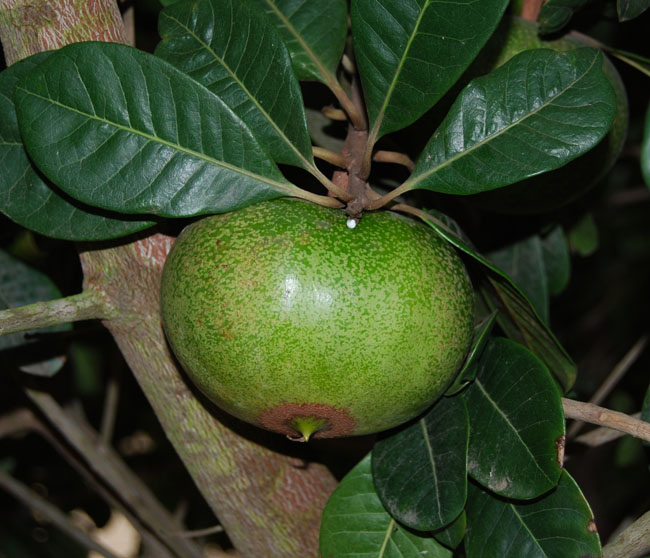 |
Pouteria lucuma (Lucuma obovata) Lucuma |
 |
Pouteria multiflora Bully Tree |
 |
Pouteria pachycalyx Bapeba |
 |
Pouteria pariry Frutao |
 |
Pouteria ramiflora Macaranduba |
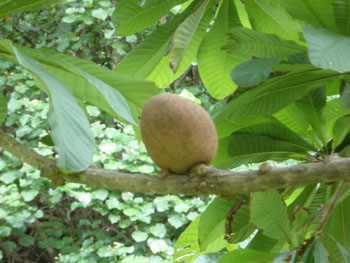 |
Pouteria sapota Mamey Sapote |
 |
Pouteria torta Curiola |
 |
Pouteria ucuqui Ucuqui |
 |
Pouteria venosa Aboirana |
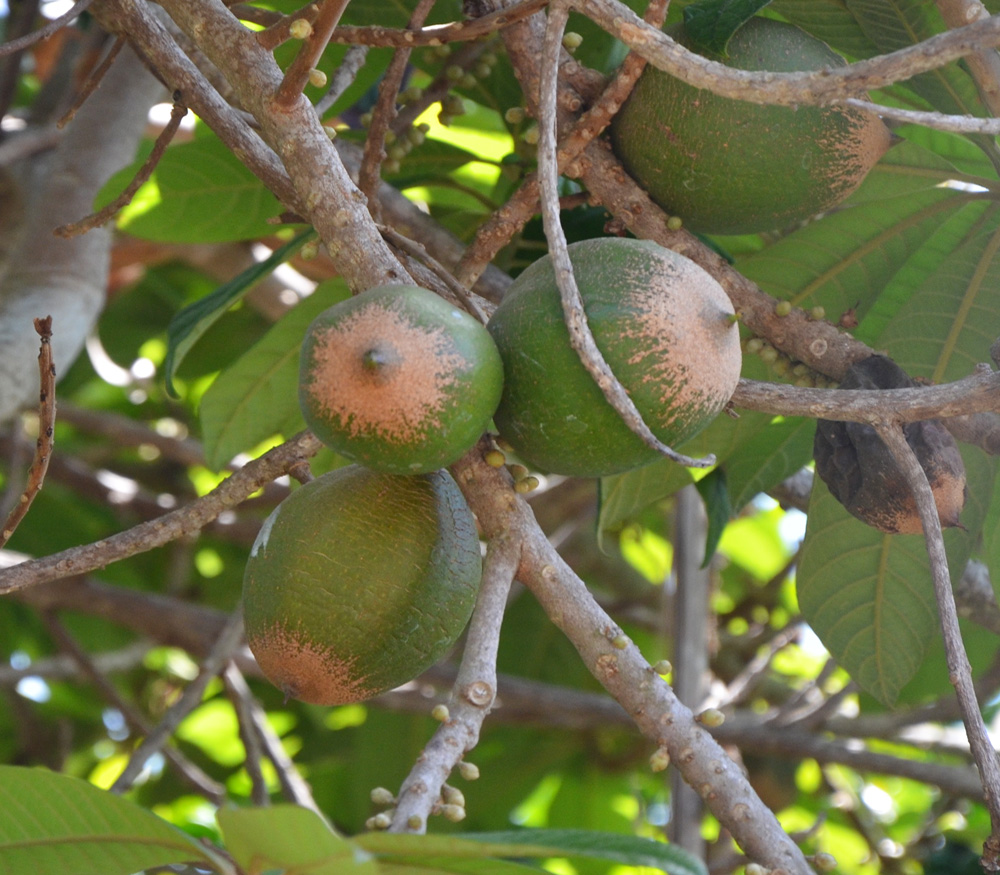 |
Pouteria viridis Green Sapote |
 |
Sideroxylon foetidissimum Mastic |
 |
Sideroxylon obtusifolium Jungleplum |
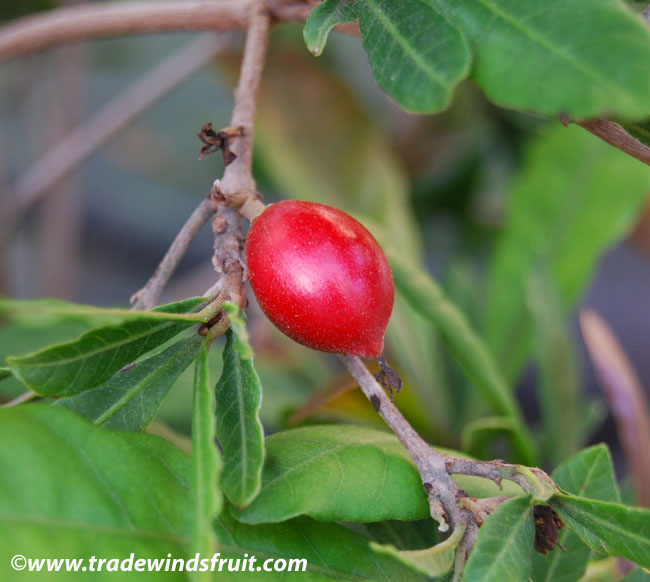 |
Synsepalum dulcificum Miracle Fruit |
 |
Synsepalum subcordatum Giant Miracle Fruit |
